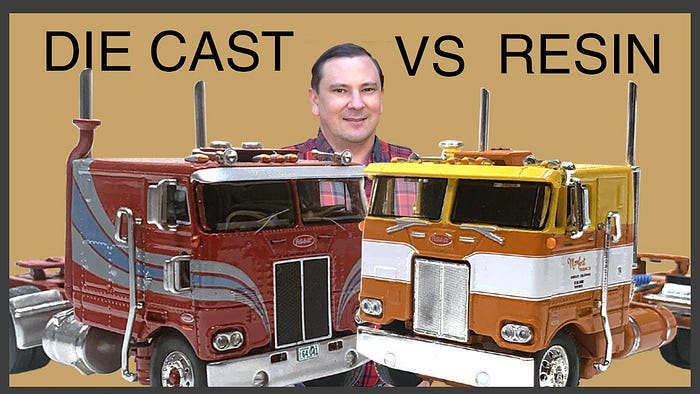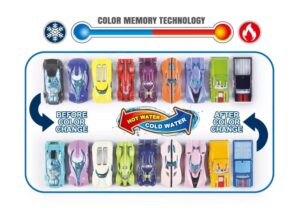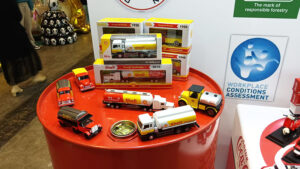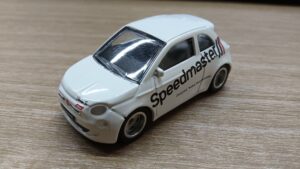Of course. This is a classic comparison in the toy industry, and the choice between diecast and plastic toys involves trade-offs in feel, play value, cost, and detail.
Here’s a detailed breakdown of Diecast Toys vs. Plastic Toys.
At a Glance: Key Differences
| Feature | Diecast Toys | Plastic Toys |
|---|---|---|
| Primary Material | Zinc Alloy (or other metals), often with plastic parts. | Plastics (e.g., ABS, PVC, Polyethylene). |
| Weight & Feel | Hefty, solid, cold to the touch. Feels premium and durable. | Lightweight. Can feel hollow or cheaper, but is easy to handle. |
| Detail & Realism | Excellent fine detail and paint applications. High realism. | Detail is good, but often less sharp. Excellent for color molding. |
| Durability | Very durable but can bend or deform on extreme impact. Paint can chip. | Resilient and flexible. Less likely to deform, but can crack or snap. |
| Cost | Generally more expensive to produce and purchase. | Generally less expensive, allowing for larger toys and playsets. |
| Play Value | Often collector-focused, display-oriented. Play can be more “posed.” | Focus on action features, gimmicks, and interactivity. Better for rough play. |
| Typical Examples | Hot Wheels/Matchbox cars, detailed model aircraft, collectible figures. | LEGO, action figures (e.g., Marvel, Star Wars), Nerf blasters, playsets. |
Deep Dive: Diecast Toys
Diecast toys are made by forcing molten zinc alloy (or sometimes aluminum) into steel molds under high pressure.
Pros:
-
Premium Feel: The significant weight and cold metal feel convey a sense of quality and value that plastic cannot match. This is a major factor for collectors.
-
Superior Realism: The metal casting process allows for incredibly sharp and precise details, especially on things like engine blocks, grilles, and panel lines. They often have high-quality, metallic paint finishes.
-
Durability (Structural): They are very robust and can withstand being played with for decades. They are less likely to break into pieces from a fall.
-
Collectibility: The weight, detail, and perceived value make them highly collectible. Many are produced as limited editions or for adult collectors.
Cons:
-
Higher Cost: The raw materials (metal) and the casting process are more expensive than plastic injection molding. This results in a higher price point for consumers.
-
Weight: The heft that feels premium to a collector can be cumbersome for a small child. It also makes shipping more expensive.
-
Potential for Damage: While durable, if dropped from a great height or stepped on, a diecast toy can bend permanently. The paint is also prone to chipping over time if scratched or knocked against hard surfaces.
-
Limited Design Flexibility: It’s difficult and expensive to create large, complex hollow structures or incorporate intricate action features in metal.
Deep Dive: Plastic Toys
Plastic toys are made by injecting molten plastic into molds. This is an extremely versatile and cost-effective process.
Pros:
-
Low Cost & Scalability: Plastic is cheap, and the molding process is highly efficient for mass production. This allows for large, complex toys to be sold at affordable prices.
-
Lightweight & Safe: The light weight makes them easy for children of all ages to carry, throw, and play with without risk of injury from the toy itself.
-
Design Freedom: Plastic molding allows for incredibly complex shapes, hollow parts, and the easy integration of articulation (joints), electronics, lights, and sound.
-
Color Integration: Plastic can be molded in any color (without paint), is often translucent or transparent, and doesn’t chip.
-
Durability (Impact): Good plastics (like ABS) are flexible and can absorb impacts without permanent deformation. They are less likely to bend but can crack under extreme stress.
Cons:
-
Can Feel “Cheap”: The lightweight, hollow nature can make a toy feel less valuable or premium compared to a diecast equivalent.
-
Less Fine Detail: While detail can be very good, it often isn’t as razor-sharp as on a diecast model, especially for tiny features.
-
Environmental Concerns: Many plastics are petroleum-based and not biodegradable. This is a significant concern for eco-conscious consumers (though recyclable and bio-based plastics are growing).
-
Potential for Breakage: Thin pieces of plastic, like joints or small accessories, can snap under pressure.
Which One Should You Choose?
Choose Diecast Toys if:
-
The audience is collectors or enthusiasts (e.g., adult collectors of model cars).
-
Realism and a premium feel are the top priorities.
-
You are producing a small, highly detailed vehicle (e.g., cars, planes, tanks).
-
The play pattern is more about display, posing, and collection than rough-and-tumble action.
-
Your budget allows for a higher price point.
Choose Plastic Toys if:
-
The target audience is children (especially young children).
-
You need complex articulation (e.g., action figures with many joints).
-
The toy requires action features, electronics, or gimmicks (e.g., launching missiles, light-up sabers).
-
You are creating large playsets or structures (e.g., a dollhouse, a spaceship).
-
Cost-effectiveness and a lower retail price are critical.
-
You need to produce in very high volumes.
The Hybrid Approach: The Best of Both Worlds
Many modern toys brilliantly combine both materials to leverage their strengths. The most common example is diecast cars with plastic parts.
-
Body & Chassis: Made of metal for weight, detail, and feel.
-
Interior, Windows, Tires: Made of plastic for complexity, color, and flexibility.
This approach creates a toy that feels premium and detailed but remains cost-effective to produce and allows for design elements that would be impossible in pure metal.







